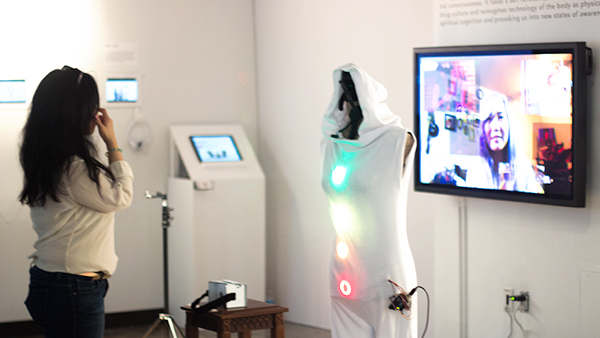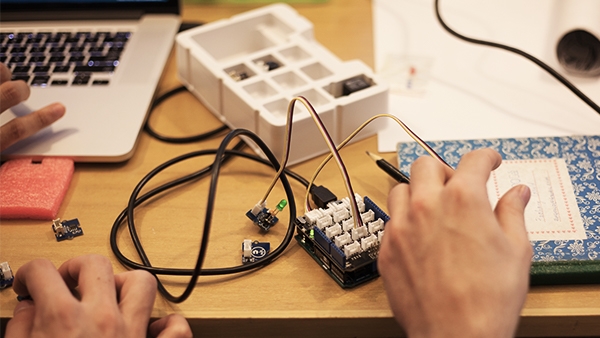It is quite a time to be traveling to Moscow, Russia for my American Arts Incubator Exchange with ZERO1. As both an artist and a cultural ambassador, this type of opportunity exemplifies how art has the potential to change and create new dialogue around social issues. I use my past experience in community centers and NGOs to cultivate an awareness of inclusive spaces as a way to better understand the social dynamics at play in community. I’m fascinated by how people gather, create diversity and cultivate art to share stories and ideas.
My technological pursuits in my art practice have been marked by this sensibility to use emerging technology as tools to empower and engage. Much like social media, I have keen interests in the combination of community, art and technology to engage, immerse and play in new and innovative ways. As a recent MFA graduate of Art Center, College of Design in Pasadena, CA, I’ve come to view technology through many lenses. With a graduating year spent looking at ways wearable technology can create new experiences that come from shifting our perspectives, I’ve gained a deeper understanding of how future technologies and experiences can perhaps begin to create empathic experiences.
To be addressing the social challenge of Disabilities Inclusion in Moscow this spring is a natural progression from this understanding of inclusive empathy. By doing so, I hope to better understand how wearables are beginning to alter and augment the human body.

This presents an interesting perspective on how the unique challenges people with disabilities face can provide new insights to the ways wearables and new media can transform our understanding human ability, and how we see other people.

How can relationships begin to heal and attitudes begin to shift through the power of play and media? Through artistic expression and tools of creation, I will play with mixed performative storytelling through the mediums of color and light. Thinking about social inclusion in this way can present the art field with alternative ways of seeing, hearing and perceiving, especially in the exhibition space.
I’m grateful to be collaborating with the partner organization, Garage Museum of Contemporary Art who curated the show Co-Thinkers last year. I’m excited to apply a process that lies at the intersection of socially engaged art and technology to better understand one another and ourselves, thereby shifting the way we think about “abilities” in unexpected ways.

